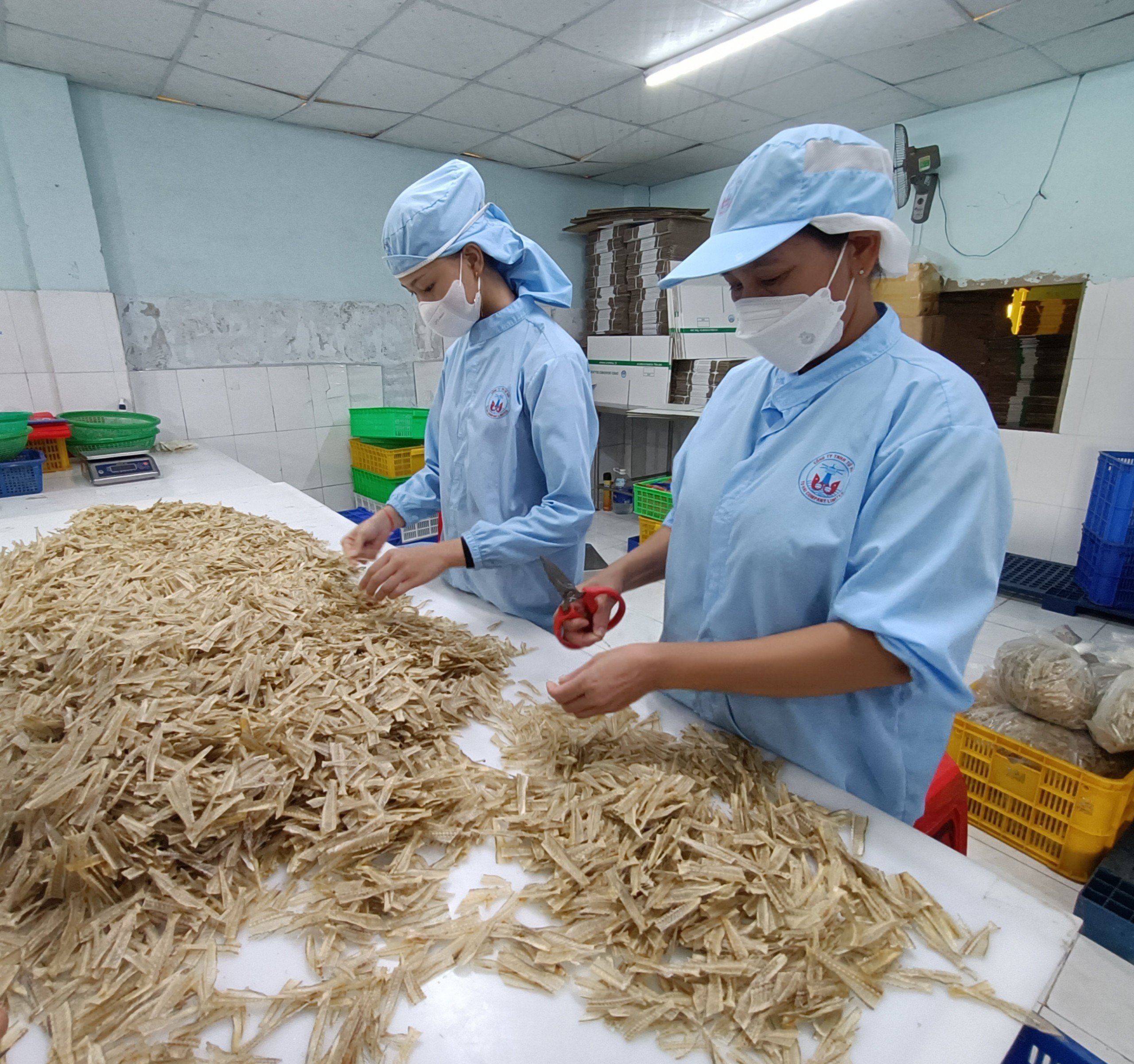 |
| Workers of Tu Hai Company Limited (Vung Tau City) process dried anchovy bones for export. |
Urgent export
According to the Vietnam Association of Seafood Exporters and Producers (VASEP), Vietnam's seafood exports in the first four months of 2025 recorded a strong recovery, reaching a turnover of 3.3 billion USD, an increase of 21% over the same period in 2024. In April alone, the turnover reached 894.2 million USD, an increase of 15%.
Notably, the US market in April 2025 recorded a recovery after a sluggish first quarter due to the impact of the 46% reciprocal tariff policy, with export turnover reaching more than 153.6 million USD, an increase of 8% over the same period.
VASEP expert, Ms. Le Hang - Deputy Secretary General, forecasts that in May and June 2025, Vietnam's seafood exports will have a strong shift before the new US reciprocal tariff policy takes effect from July 9. Vietnamese enterprises will focus on exporting to the US, especially with key products such as shrimp and pangasius, to make the most of the time before the new tariff changes. It is expected that export turnover to this market may increase by 10-15% compared to April 2025.
Mr. Tran Van Dung, General Director of Seafood Import-Export Joint Stock Company (Baseafood), said that the company is currently rushing to export to pay for orders to the US signed from 2024. In particular, Baseafood has had to temporarily stop new contracts and has not dared to sign them because the new tariff policy increases product prices. Many US importers are considering switching to other sources of supply such as India and Ecuador.
In addition, technical barriers, such as food safety testing and strict traceability requirements, also reduce the competitive advantage of Vietnamese enterprises in the US market.
Diversify markets, increase high-value products
According to VASEP, under the influence of the new US tariff policy on other countries, in the coming time, Vietnamese seafood enterprises will face fierce competition from Chinese seafood products, which are subject to high tariffs in the US, forcing them to shift to the domestic market and neighboring markets such as ASEAN (including Vietnam). This competition will reduce the attractiveness of Vietnamese products, especially in the low-cost segment.
VASEP forecasts that in the coming months, seafood exports to China and ASEAN are likely to stagnate, with growth of only about 3-5%.
However, the CPTPP and other FTAs are helping Vietnam mitigate the negative impacts by expanding its markets to the EU and Japan. These two markets both had good growth in the first four months of the year, at 17% and 22% respectively, and could maintain stable growth, around 8-10% in the second quarter of 2025, thanks to the advantages of free trade agreements.
Besides, Vietnamese enterprises are also adjusting their strategies, focusing on value-added products and diversifying markets to reduce dependence on the US market.
Mr. Nguyen Van Loc, Vice Chairman of the Provincial Fisheries Association, said that in order to reduce the influence of the US market, seafood enterprises in the province in recent years have gradually shifted to the markets of Japan, Korea, Taiwan, and Hong Kong. Many large enterprises such as Tu Hai, Ngoc Tung, Dong Duong, etc. have their main export market in Asia.
“Baseafood only has about 10% market share in exports to the US. The company is increasing investment in technology, researching deep processing of high value-added products, such as products for the elderly and children exported to Japan, to increase competitiveness and profits for the company,” said Mr. Tran Van Dung, General Director of Baseafood.
Article and photos: NGOC MINH
Source: https://baobariavungtau.com.vn/kinh-te/202505/doanh-nghiep-thuy-san-tang-toc-xuat-hang-vao-thi-truong-my-1041969/






![[Photo] Prime Minister Pham Minh Chinh chairs the Government's special meeting on law-making in May](https://vphoto.vietnam.vn/thumb/1200x675/vietnam/resource/IMAGE/2025/5/22/1c880aae96fd4e0894abc47a46fe19ba)

















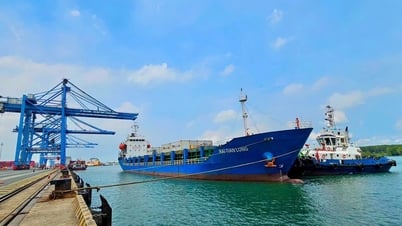


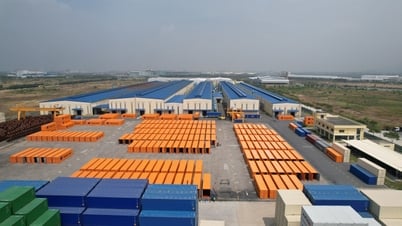









































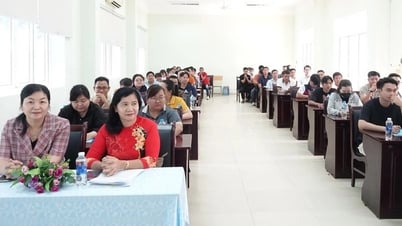

















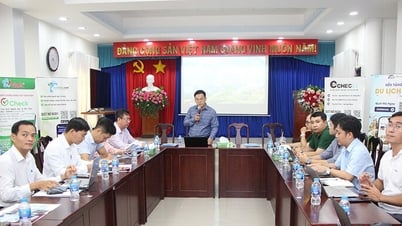


Comment (0)